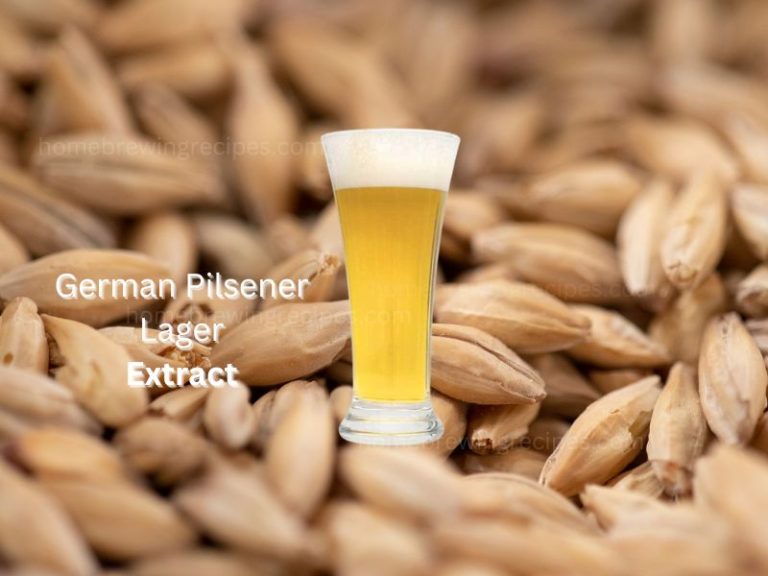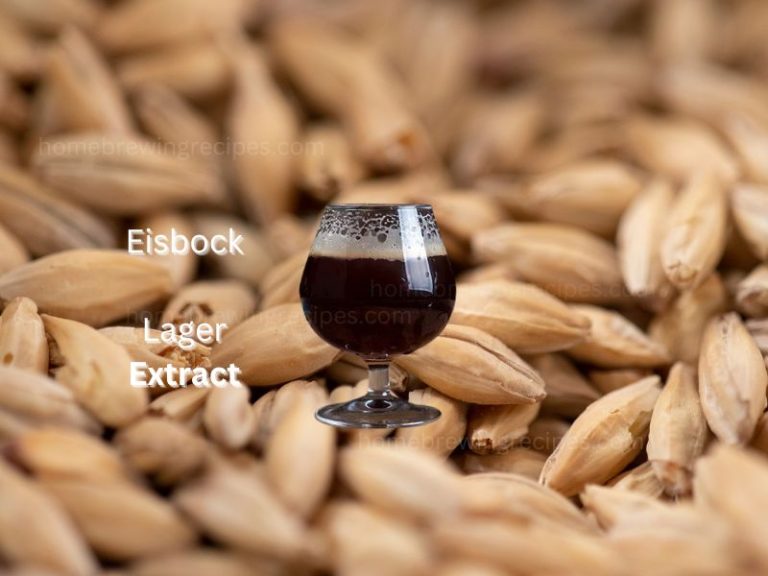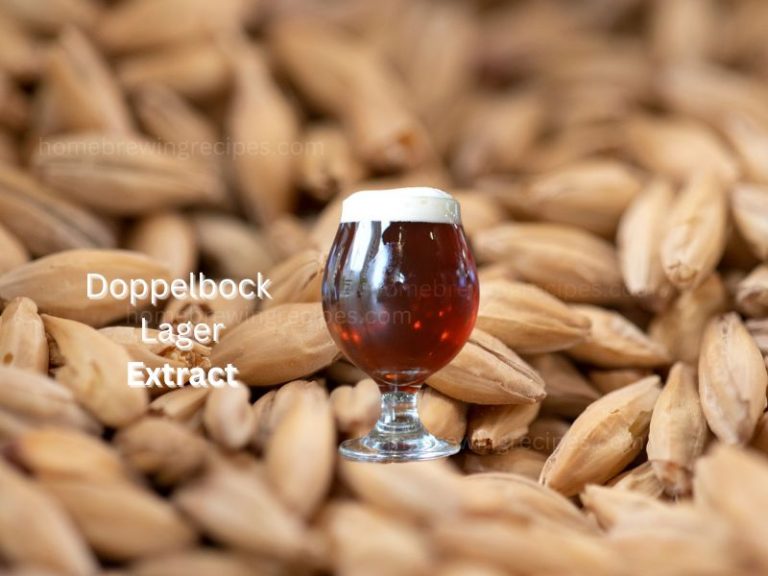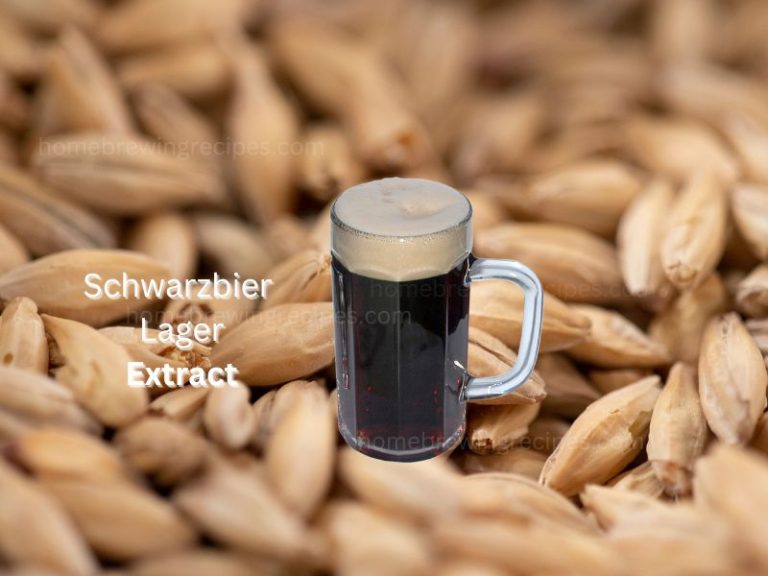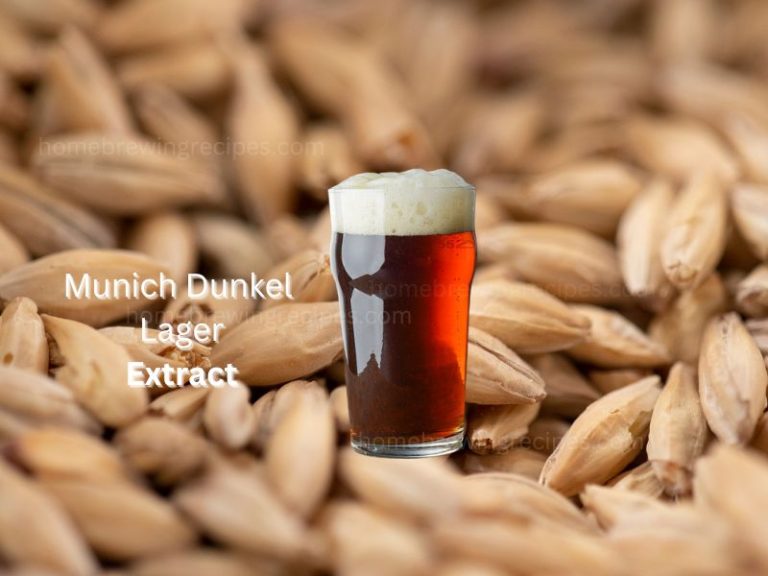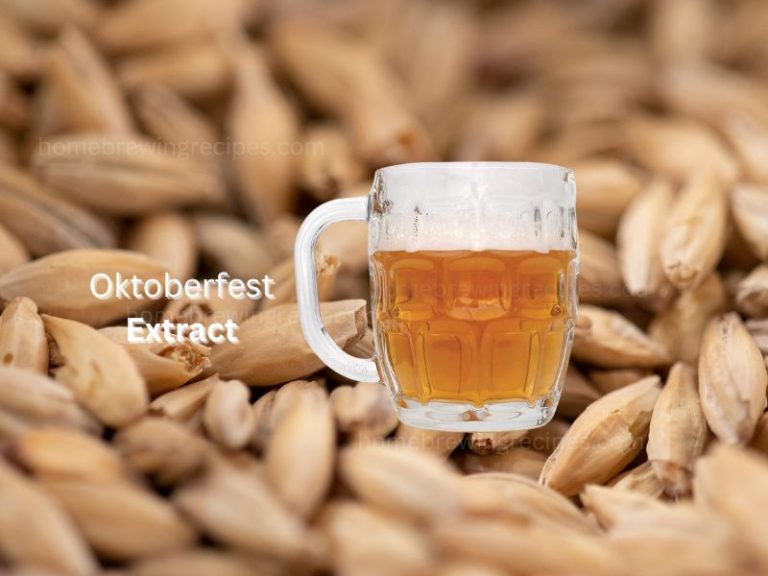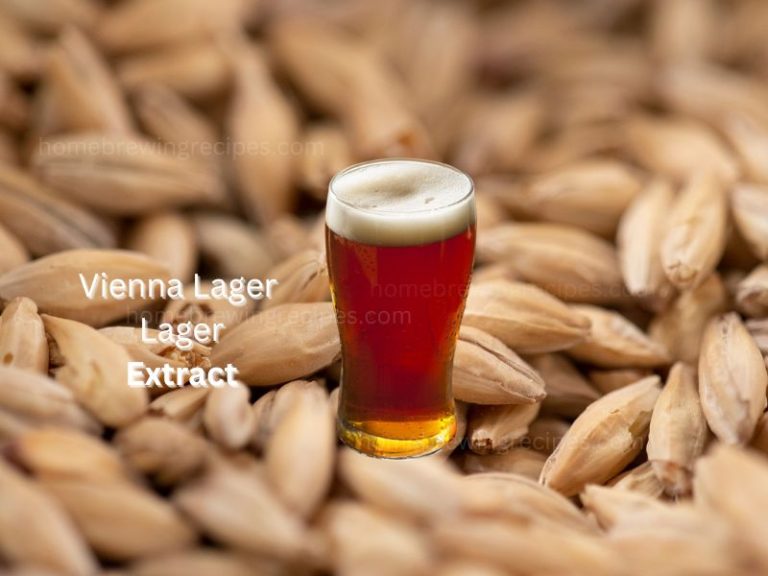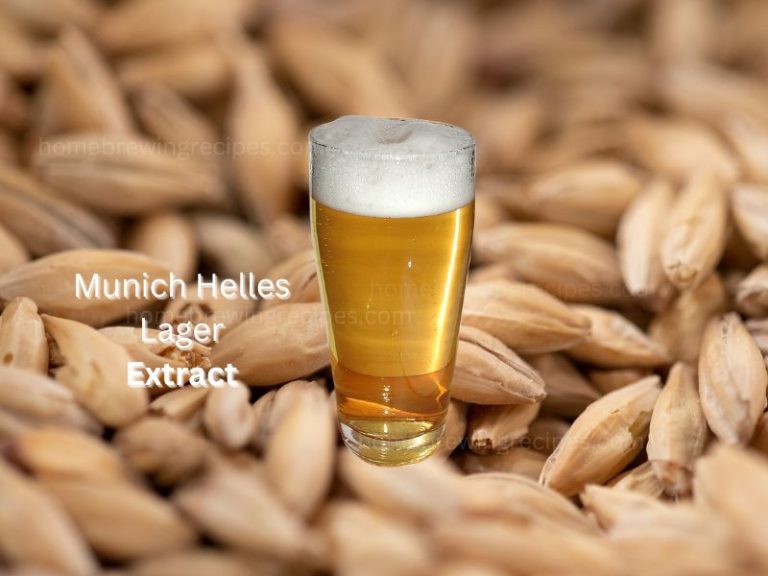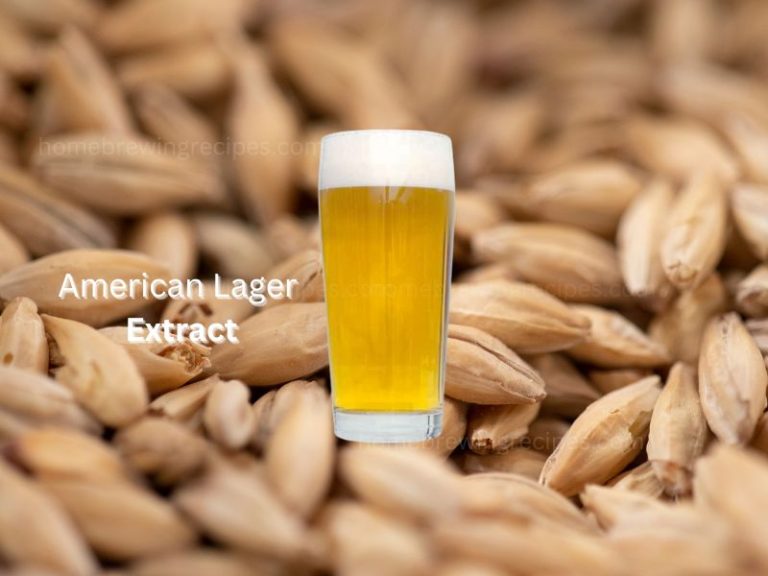Recipe Profile
Ah, German Pilsener! This golden beauty has a history as rich as the frothy head on a freshly poured pint. Originating in the mid-19th century, this refreshing lager has charmed beer lovers for generations with its crisp, clean flavors and noble hop character. Personally, I adore brewing German Pilseners because it’s like crafting liquid gold with a side of fun. So, buckle up, brewmeisters, and let’s dive into this whimsical world of German Pilsener brewing!
Ingredients
- 6.6 lbs (3 kg) of Pilsner malt extract syrup
- 1 lb (0.45 kg) of Munich malt (for steeping)
- 2 oz (56 g) of Hallertauer hops (4.5% AA)
- 1 oz (28 g) of Spalt or Tettnang hops (4% AA)
- 1 Whirlfloc tablet or Irish moss (for clarity)
- 1 packet of German lager yeast (e.g., Wyeast 2124 or Saflager W-34/70)
- 5 gallons (19 L) of distilled or reverse osmosis water
- Muslin bag for steeping grains
Instructions
- Crush the Munich malt and place it in a muslin bag. In a large pot, heat 2.5 gallons (9.5 L) of water to 155°F (68°C). Steep the grain-filled muslin bag in the water for 30 minutes. Remove the bag, allowing it to drain without squeezing.
- Bring the water to a boil and turn off the heat. Add the malt extract syrup and stir until it’s completely dissolved. Resume heating and bring the wort to a rolling boil.
- Add the Hallertauer hops and boil for 60 minutes. With 15 minutes left in the boil, add the Whirlfloc tablet or Irish moss. Add the Spalt or Tettnang hops for the last 5 minutes of the boil.
- Cool the wort quickly to 65-70°F (18-21°C) using an immersion chiller or ice bath. Transfer the cooled wort to a sanitized fermenter, then top it off with enough water to reach 5 gallons (19 L).
- Pitch the yeast and ferment at 50-55°F (10-13°C) for 10-14 days. Conduct a diacetyl rest by raising the temperature to 60-65°F (15-18°C) for 48 hours. Then, lower the temperature to 35-40°F (2-4°C) and lager for 4-6 weeks.
- Bottle or keg, carbonate, and enjoy!
Expected Stats
- Original Gravity (OG): 1.048-1.052
- Final Gravity (FG): 1.010-1.014
- Alcohol by Volume (ABV): 4.5-5.2%
- International Bitterness Units (IBU): 30-40
- Color (SRM): 3-5
Fun Facts
- German Pilseners were heavily influenced by the Czech Pilsner, which was first brewed in Pilsen, Czech Republic, in 1842.
- The Reinheitsgebot, or German Beer Purity Law, was established in 1516, dictating that beer can only be made from water, barley, and hops. Yeast wasn’t mentioned since its role in fermentation wasn’t yet understood.
Popular Commercial Versions to Try
- Bitburger Premium Pils
- Warsteiner Premium Verum
- König Pilsener
- Jever Pilsener
The key to a great German Pilsener is a clean fermentation profile, achieved through the use of proper lagering techniques. The diacetyl rest is crucial for removing buttery flavors, while the extended lagering period ensures a smooth, well-rounded character. Be patient, grasshopper, for good things, come to those who wait.
I chose the German lager yeast strains Wyeast 2124 or Saflager W-34/70 for their excellent performance in low-temperature fermentation. These strains are known for producing clean, crisp, and authentic Pilseners with a delicate balance of malt and hops.
Our whimsical journey into the world of German Pilseners has come to an end, but the flavors are just beginning! Once you’ve tasted your creation, expect a crisp, clean, and refreshing beer with a delicate balance of malt and noble hop flavors. The aroma should be slightly floral with a hint of spice. As for aging, German Pilseners are best enjoyed fresh, so invite some friends, break out the pretzels, and enjoy the fruits of your labor. Prost!
© 2023 by homebrewingrecipes.com. All rights reserved. No part of this document may be reproduced or transmitted in any form or by any means, electronic, mechanical, photocopying, recording, or otherwise, without prior written permission of homebrewingrecipes.com.
